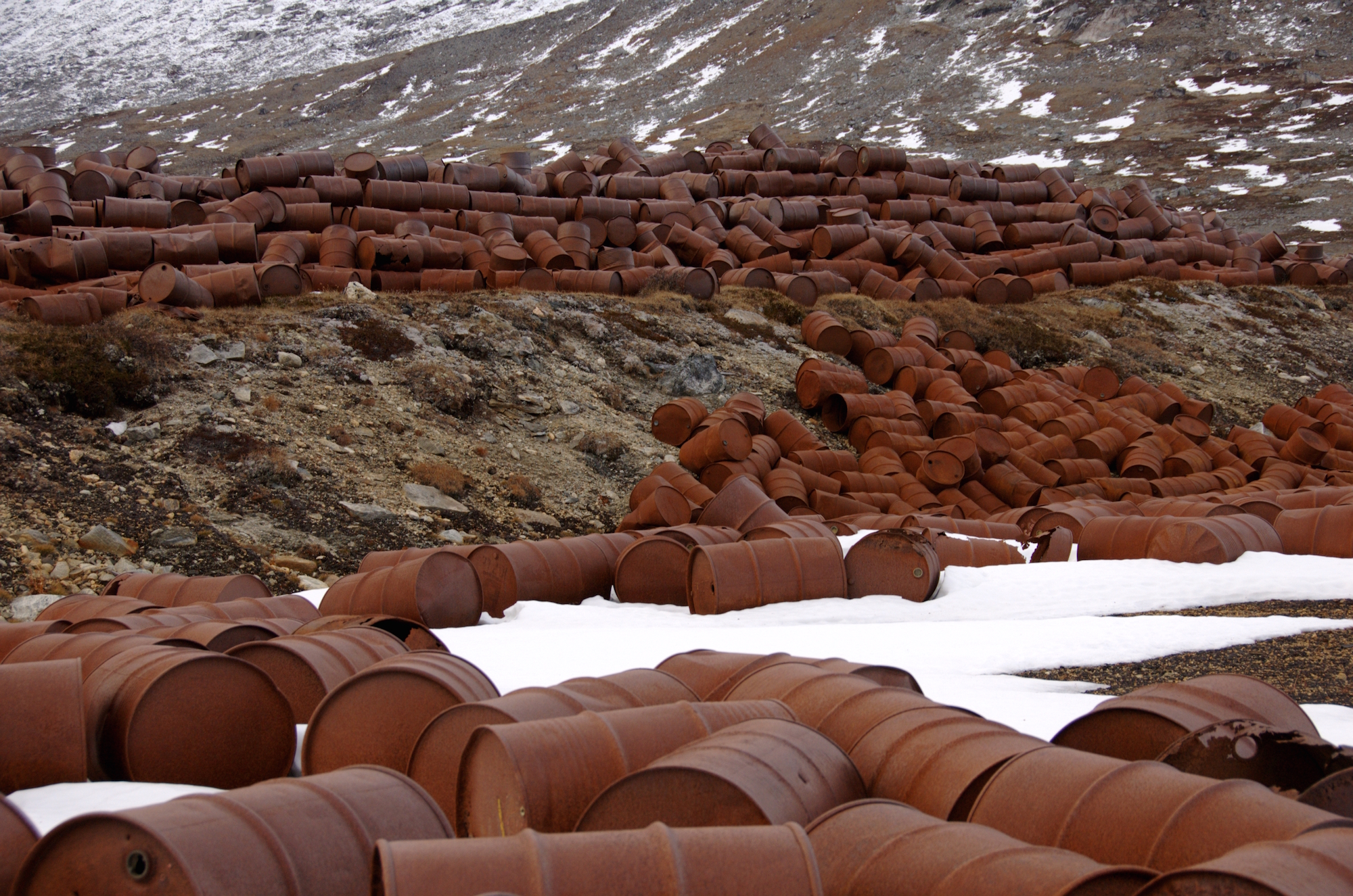Copenhagen to foot bill to clean up US pollution in Greenland

The Danish government announced today that it will fund efforts to clean up pollution at U.S. military bases abandoned in Greenland more than half a century ago.
The six-year, 180 million kroner ($30 million) program will involve the establishment of a group of environmental experts from Greenland and Denmark who will work with local residents to identify the extent of pollution at the World War II-era installations, and then establish which sites should be cleaned first.
The agreement comes after Nuuk had long pressed Copenhagen to either clean up the pollution itself, or to request that Washington, which was permitted to establish military bases in Greenland during the Second World War while Denmark still controlled the island as a colony, do so.
Initially, it appeared that Copenhagen would do neither. Instead, the Danish environment ministry suggested in 2016 that because responsibility for environmental protection was devolved to Nuuk in 1989, Greenland itself might need to pay to clean up any pollution that existed at the time.
In June, however, the Danish government made it clear that it would finance a clean-up effort, and the deal signed today finalizes that commitment.
Although some of the pollution has already been identified, its full extent remains unknown, and the group’s initial work will involve identifying the types of pollution and then drawing up plans for how to remove it.
“It’s worth playing it safe and making sure we send people out there to find out what it is we are dealing with,” said Kim Kielsen, the Greenland premier, during a signing ceremony in Copenhagen today.
One of the sites named in the agreement is Ikkatteq, on the country’s eastern coast. Used as an airfield from 1941 to 1947 and known by the codename Bluie East Two, the site contains an estimated 100,000 oil drums left behind by the US military.
Another priority site is an airfield designed Bluie West Four by the US military, and located near Nuuk.
Danish experts have suggested that the amount of the funding is not sufficient to clean all of the sites, but Kielsen and Espen Lunde Larsen, the Danish environment minister, both underscored that the agreement left open the possibility of more funding being made available.
A number of military installations are not covered by the agreement. In addition to active U.S. bases, they include Camp Century, a once-secret underground base now contaminated by toxic and radioactive waste. Studies of the extent of the pollution, which began this past summer, are funded separately.
While the agreement mentions the possibility of obtaining information about the location of former installations from the US military, the agreement was struck without requesting that Washington contribute to the clean-up.
Both Kielsen and Larsen repeatedly declined to go into details about why the United States was not approached, underscoring only that the agreement meant clean-up efforts could now begin.
“The relevant thing has been to get the process started,” Larsen said. “The relevant thing has been to study the sites that most obviously need cleaning, and then to find the other sites that would be relevant to start working on.”